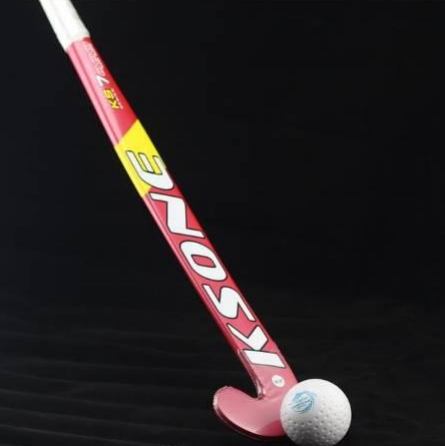How to Solve Electrostatic Problems in Gravure Printing Answer:
First, the electrostatic problems caused by gravure printing appear in printing:
1, beard --- ink is flying out of the edge of the printed pattern or text, beard-like;
2. The markings on the printed part of the field often appear in the depth of 5-20 μm, which is due to the displacement of the ink on the printing film that has been affected by static electricity;
3, edge exclusion - when gravure printing overprint occurs. The boundary between the first color ink and the film of the post printing ink does not agree well with the second color ink, resulting in repulsion, so that the white border of the ink is not printed between the two colors.
Second, static electricity in gravure printing comes from the following aspects:
1, its own BOPP film with a lot of static electricity, can use different manufacturers of film or to eliminate static electricity, and then use.
2. Electrostatic faults in the printing process mainly include the following aspects:
1 During high-speed printing, the long-term friction between the BOPP film and the rubber pressure roller generates a large amount of static electricity;
2 The climate is dry and the humidity is too low;
3 The characteristics of the ink itself or its own antistatic ability is insufficient, resulting in static electricity;
4 The antistatic device of the device has no effect, and it cannot play the role of eliminating static electricity.
Third, for electrostatic fault can be considered or dealt with from the following aspects:
1. Regularly check whether the antistatic device of the device can play an antistatic role;
2. In the dry climate, the printing environment must maintain a certain humidity;
3, try to use non-static printed film, or static elimination of printed film;
4, in the diluted solvent, add polar solvents, such as butanone, isopropanol, ethanol, etc., less ethyl. In the BOPP film printing process, 5% to 20% isopropyl alcohol can be added to the BOPP film ink to eliminate static electricity during the printing process;
5, can also be added in the actual printing process AE-2 super-concentrated electrostatic or 3500A antistatic to solve the "whiskers" like static, for the "edge exclusion" problem, you can increase the ink printing viscosity or use BK-201 help Agent and BK-202 additives, etc.
6, in the design of ink formulations, but also fully consider the ability of ink to eliminate static electricity, can be added in the formula 2% to 8% of isopropanone, while adding 0.1% to 0.5% of the AE-2 ultra-concentrated antistatic Agent or 0.5% to 2% of 3500A antistatic agent to solve.
Q: How to solve the layering problem of compound white ink in the CL-PP system during storage?
answer:
The composite ink of CL-PP system is generally composed of three resins: EVA, MP45 and CL-PP. Due to the mixture of the three resins and the wetting of the pigment, it is not as good as the polyamide resin and the nitrocellulose resin in the printing ink. Therefore, incompatibility occurs easily in the system, and even pigment sedimentation occurs. For composite white inks, the specific gravity of titanium dioxide is greater than that of other pigments, which accelerates the separation of the pigment from the resin system, ie, delamination.
Layering issues can be resolved from the following aspects:
1. Select the appropriate titanium dioxide. Due to the great difference in the properties of different brands of titanium dioxide, some titanium dioxide and EVA, MP45 and CL-PP three resin system can be a good affinity, such as JR701 is better than other brands of titanium dioxide.
2. Select the appropriate dispersant and antistatic agent. Since dispersants and antistatic agents are usually surfactants, some can help disperse pigments, but they can easily cause instability in the system. It is recommended to use 3500A antistatic agent or L-18 dispersant. In the formula that can easily cause delamination, some L-18 dispersants can be used less, and part of the 3500A electrostatic agent can be replaced.
3, pay attention to check the side effects between additives. Many companies produce CL-PP system white ink, according to different user requirements and the printing environment, using different additives, and sometimes these additives will have certain side effects, and even lead to ink stratification. For this problem, experiments can be made on the compatibility of various additives and the situation after standing can be observed.
4, choose the right CL-PP. For domestic ink companies, the range of CL-PPs currently used is relatively wide, and suitable CL-PP resins can be selected according to their own formulation system.
Q: How to solve the compound white point problem of CL-PP system?
answer:
After CL-PP system composite white ink printing and aluminum film composite curing, the emergence of composite white point problem, a few years ago many ink companies can not be solved, but at present many ink companies have found a way to solve, according to The latest situation we understand can be resolved from the following aspects:
1. Try to reduce the amount of solvent in the ink
Because of the small amount of solvent remaining in the ink film, after being recombined, it is sealed between two layers of film. During curing, the remaining solvent in this part is subjected to a temperature of 50° C. and gradually evaporated from the ink film. The two films separate and form a white spot. Reducing the residual solvent in the ink can significantly reduce the formation of white spots.
2, adjust the ink formula to improve the surface gloss of the ink.
Increasing the surface gloss of the ink layer can greatly reduce the pits on the surface of the ink (ie, empty spots), so that the surface of the print is close to a smooth film, thereby reducing the composite white point.
3, solved by different compound methods
1 Adopt the "repeated" approach
For the printed film of the composite white point that has already appeared, in the compounding, the adhesive can be applied on the side of the aluminized film and dried, and then combined with the printing film. This method is applicable and effective in many occasions.
2 Increase the amount of glue as much as possible
Increasing the amount of glue can obviously make the surface of the ink layer on the print more smooth, which is beneficial to the combination with the aluminum film, and reduce the white point problem caused by the pits on the surface ink layer.
3 Slow down the speed of dry compounding and appropriately increase the temperature during dry compounding
Slowing down the speed of dry compounding and appropriately increasing the temperature during dry compounding can effectively reduce the solvent residue in the ink and glue and reduce the composite white point.
How to improve the gravure printing ink adhesion?
1, first of all to determine the ink is printed on what substrate, due to the great difference in adhesion of ink on different substrates, generally based on the printed substrate choose the right polyamide resin, can be selected by experiment, can also be used YMT polyamide resin.
2. The adhesion of the ink produced with polyamide resin on BOPP film is general, this problem can be solved by adding BK-515 aldehyde and ketone resin (BK-515 itself has a lot of polar genes, and can perform well with BOPP film. The attachment is generally 2% to 8% of the formulation.
How to reduce the amount of residual solvent in food packaging printing?
Solvent residue problem has always been a difficult problem for ink companies. The state has already required the residual amount of benzene solvents to meet the hygiene requirements of BOPP/PE compound packaging, which must reach 3mg/m2 or less, with the continuous demand for food hygiene. To improve, how to reduce the amount of solvent residues in food packaging and printing has become a key issue for ink companies.
According to our understanding of the situation can be reduced from the following aspects of food packaging printing solvent residue:
1. In EVA-40W, MP-45, and CL-PP resins, CL-PP always has the highest residual solvent and EVA-40W has the least residual solvent, so it can guarantee the composite strength. Under the conditions, the content of CL-PP can be reduced and the content of EVA-40W can be increased.
2. Select the appropriate CL-PP. Different manufacturers of CL-PP solvent residue caused by the difference in the composition of the ink is very different, if the formula can accept the cost, you can use the Japanese paper produced PP803MWS, in the same amount of the conditions, generally can be reduced to 50%;
3. When dissolving EVA-40W, MP-45 and CL-PP, add a part of ethyl ester and residual solvent reducer (0-Sol??ventm), which can effectively reduce the residual of toluene solvent in the ink film. the amount;
4. Check whether the solvent used for the ink and the solvent used for printing are pure. If there is a small amount of high-boiling solvent, it may cause the solvent residue to be too high, and even lead to serious odor in the printed matter;
5, in the process of printing and compounding:
1 Minimize the use of toluene solvent when preparing the dilution solvent, and use a mixed solvent of toluene, acetic acid and methyl ethyl ketone = 2:5:3;
2 in the printing process to improve the printing machine drying tunnel exhaust, appropriate to increase the temperature of the drying tunnel, if conditions permit, after the white ink is printed, open the drying tunnel for multiple drying;
3 The viscosity of the ink can be properly reduced during the printing process.
How to solve the problem of reverse printing in the printing process?
Anti-envelope printing is particularly noticeable at low to medium speeds. The phenomenon of reverse printing at high speeds is greatly reduced. The key to solving the problem of reverse printing is to analyze the reasons for clear printing. In reverse printing, the ink is generally printed before the ink is reversed. On the printing plate of the ink, it enters the ink tank of the posterior color, changes the color of the ink of the latter color, finally causes the printing to be unable to continue, if the yellow ink gradually turns into the light green color, the red ink turns into the purple color gradually.
Generally can be solved from the following aspects:
1. Adjust the proportion of the ink color dilution solvent to reduce the ability of the color ink to dissolve the ink of the preceding color when it comes into contact with the ink of the preceding color. That is, when diluting the color ink, add a part of isopropyl alcohol and try to use less toluene. ;
2, increase the speed of printing
Increasing the printing speed can significantly reduce the contact time between the back color ink and the front color ink, which is particularly obvious in reverse printing at low speed printing, and there is basically no reason for reverse printing in high speed printing. This may be limited by the printing equipment and the printing environment during actual printing;
3, adjust the formula composition of printing ink
First of all, you can use the method of improving the adhesion of the ink on the BOPP film, so that when the two inks are in contact, the ink of the front color is still attached to the BOPP film. In the ink of the CL-PP system, the CL-PP can generally be increased. Content is solved.
Secondly, the drying speed of the ink of the preceding color can be increased, the temperature of the drying path of the ink of the preceding color can be increased, and the presence of a small amount of non-volatile solvent in the ink ink film can be prevented.
The KSONE carbon fiber indoor Field Hockey Stick is designed for the advanced indoor field hockey player. 36.5,37.5 38 Inches. Features a late bow with a maxi toe.
|
Product name:
|
field Hockey Stick
|
|
Material:
|
Carbon fiber
|
|
Length:
|
36 .5 inch , 37 .5, 38 inch
|
|
Kinds
|
High, Medium, Low
|
|
Logo:
|
Customized printed logo
|
|
Shaft width:
|
50mm
|
|
Color:
|
Multiple
|
|
Balance Point:
|
40-/+ 10mm
|
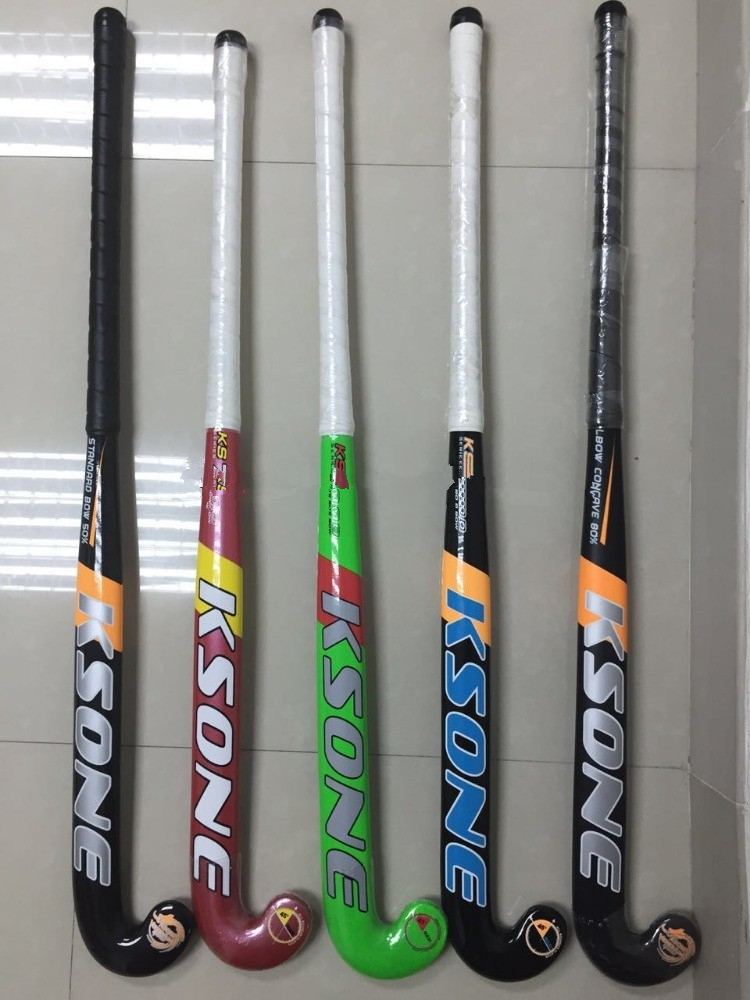
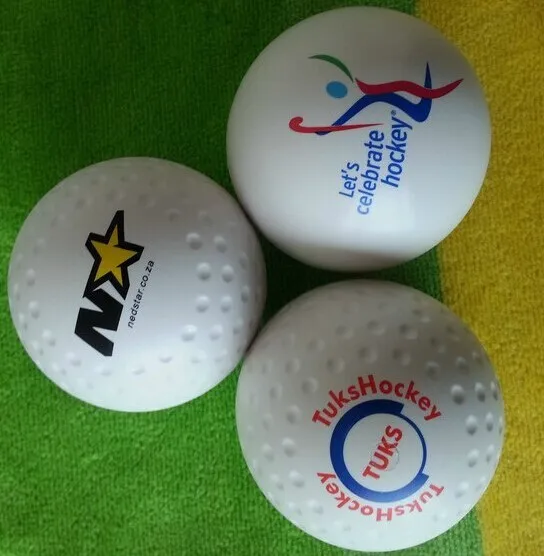
Kesai has professional experience in manufacturing, marketing and shipping, providing multiple services. Fayyou Sport was established in 2015 due to increasing sports business volume.
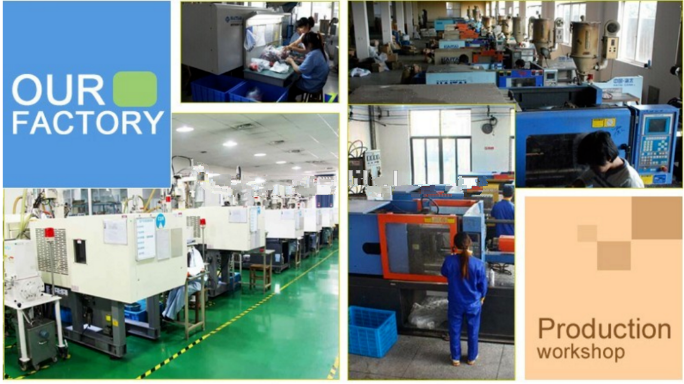
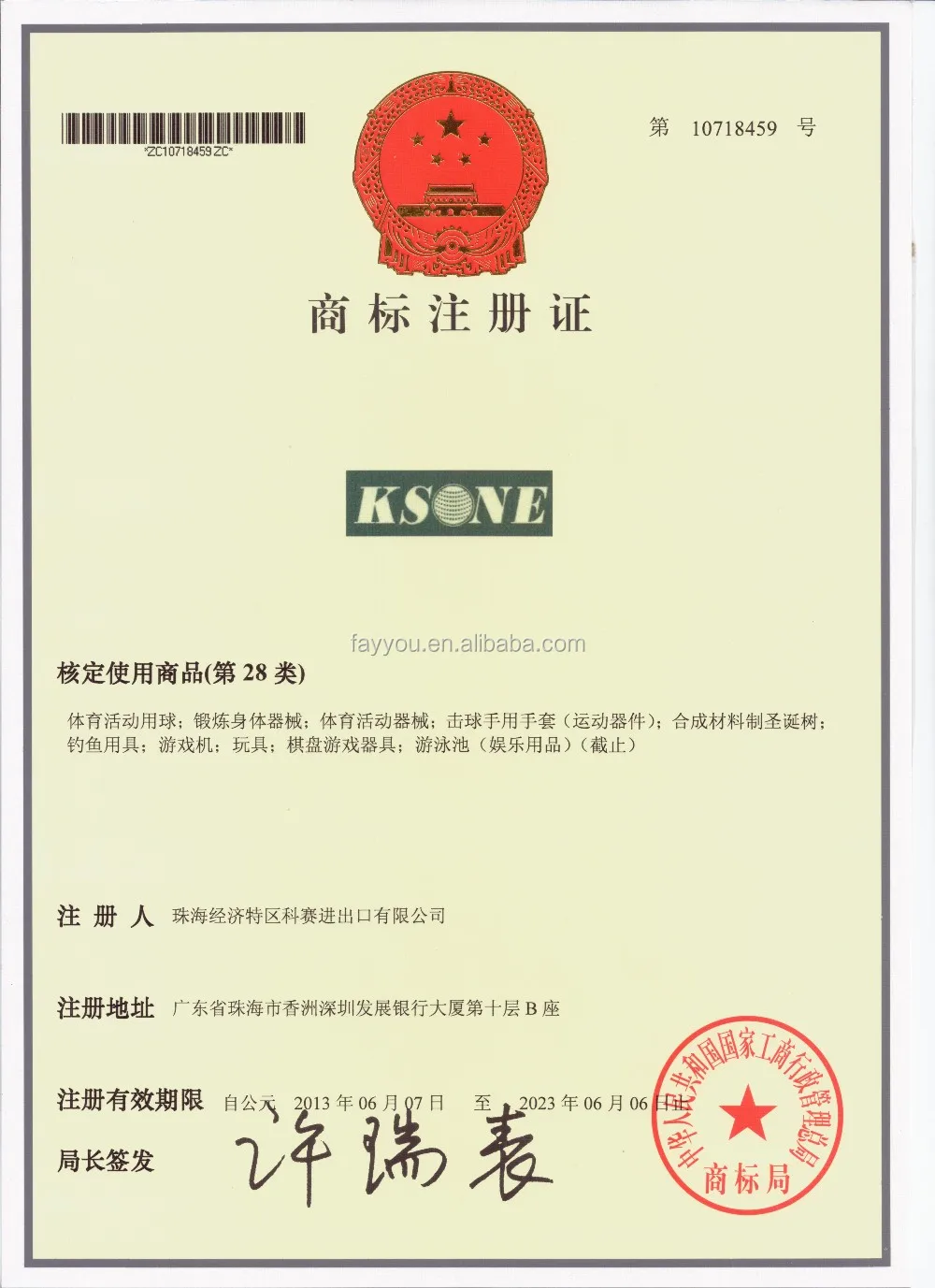
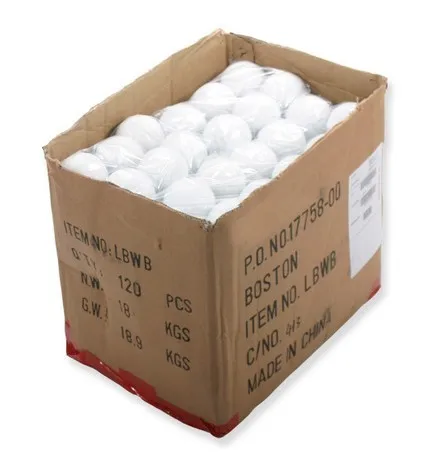
Hockey Stick
Composite Field Hockey Sticks,High Quality Field Hockey Sticks,Hockey Stick,Field Hockey Stick
FAY YOU SPORTS CO.,LTD , http://www.ksonelacrosse.com
